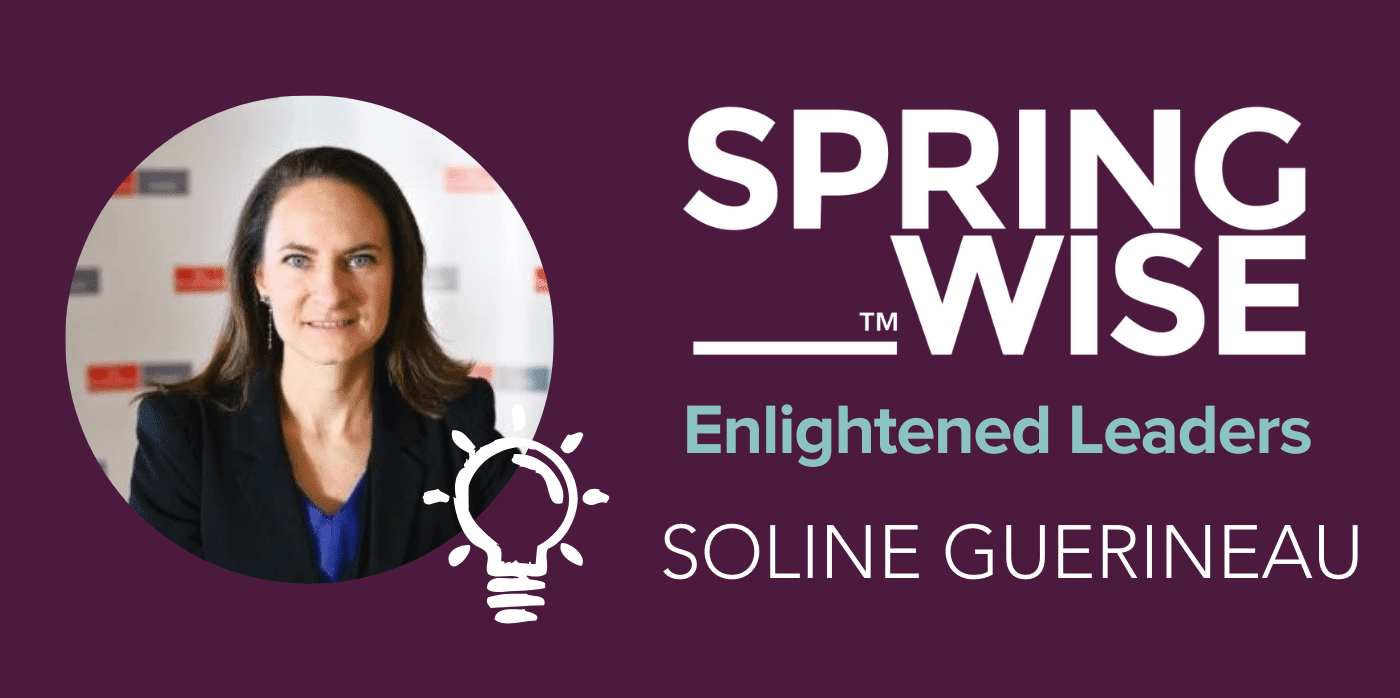No silver bullet but some promising signs of progress

Soline Guerineau is Head of Commerical Strategy, Sustainability at ICIS, an independent commodity intelligence service. She shares where she sees momentum in hard-to-abate sectors and where collaboration with startups may drive emissions reductions.
“The state of play right now is that the chemicals industry is the largest industrial consumer of energy and ranks third when it comes to direct CO2 emissions – after steel and cement production. According to the International Energy Agency, the chemicals sector emitted 935 megatonnes of CO2 in total in 2022. On a product-by-product level, carbon footprints are tapering, yet the industry‘s overall emissions total is increasing because demand is increasing. At ICIS, we expect the global consumption of chemicals to rise by 23 per cent from 2022 to 2030, despite the macroeconomic challenges in 2023.”
So, what can be done? Soline believes there are a few levers for the chemical industry to pull that are similar to those for other heavy industries. First, the supply chain is important – scope 3 emissions make up 80 per cent plus of chemical industry total greenhouse gas emissions. And sourcing low-carbon suppliers can be a challenge.
Energy sources are another challenge. “Coal is still the main source of energy in some emerging markets, but we see the more mature industry players moving towards electrification by investing in new facilities. For example, LyondellBasell recently announced a memorandum of understanding with Technip Energies and Chevron Phillips Chemical to pursue electric steam cracking furnace technology.
“Further development in this area is dependent on the elevation of the grid and the availability of renewable power, but we are seeing an interesting uptick in power purchase agreements (PPAs) – a type of long-term renewable energy contract – for heavy industries in general, with companies trying to manage their scope 2 emissions while also attempting to control cost.”
Beyond scope 3 and energy sourcing, there are some further drivers. “For example, waste heat recuperation and efforts to make energy consumption more cyclical are emerging, carbon capture technologies have a role to play but are not yet scalable, and there is also a key thread around the materials transition. For the chemicals industry, this is around feedstocks and moving away from virgin fossil feedstocks to biomass.”
At ICIS, Soline says they see progress in recycling and more circular business models, and while the recycled plastics market remains smaller than virgin markets, it is growing. The market will benefit from regulation that is set to come into play – The European Strategy for Plastics, for example, sets the objective that all plastic packaging placed on the EU market will be reusable or easily recyclable by 2030. Crucially, anyone exporting to the bloc will need to comply, which will really accelerate upward market trends.
However, she states that: “There is no silver bullet in terms of what is likely to have the biggest impact. I think there is a question around leadership and fresh approaches, and I also wonder what more women in the industry would bring? For our CEO of the year awards 2023, we nominated an emerging leader, Jodie Morgan, the CEO of Nexus Circular, a US Series-C-stage company that provides advanced recycling to several larger petrochemical companies. There needs to be more collaboration with innovative startups and industry disrupters like this (or acquisitions) to accelerate technology pathways and drive further progress in the areas that are still in their early stages.”
This opinion piece originally appeared in the Springwise Horizon 2030 report, a deep dive into seven key drivers of change between now and the end of the decade.
Written By: Angela Everitt



